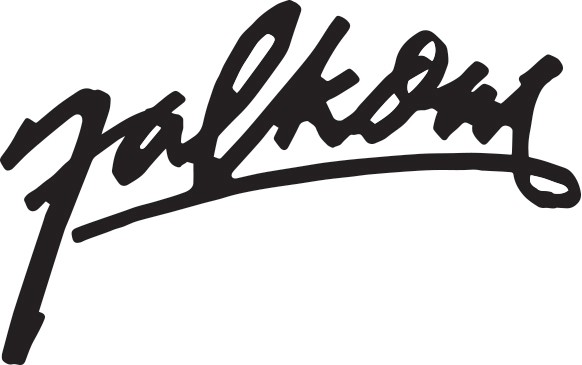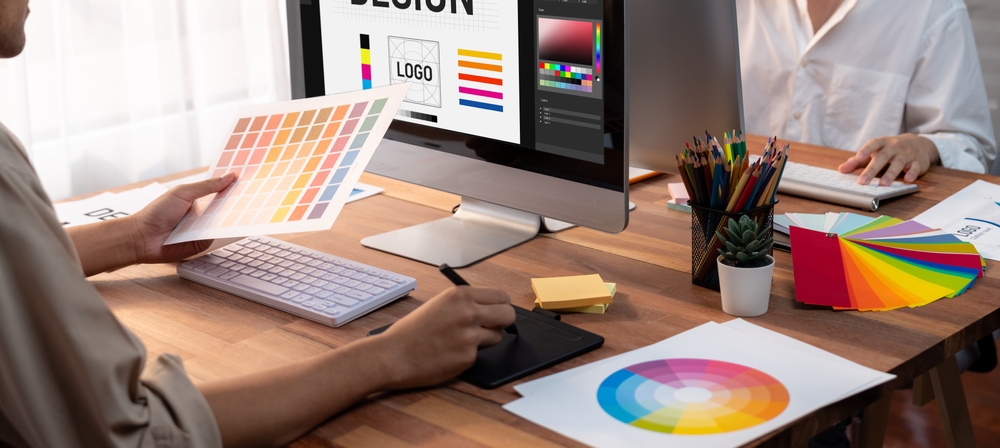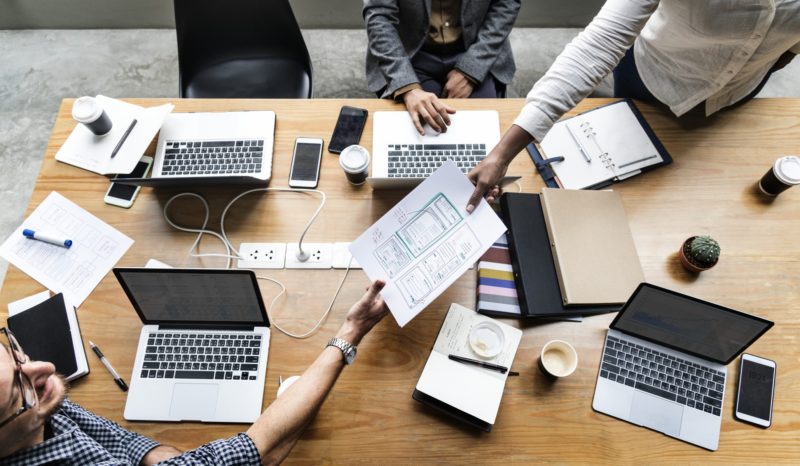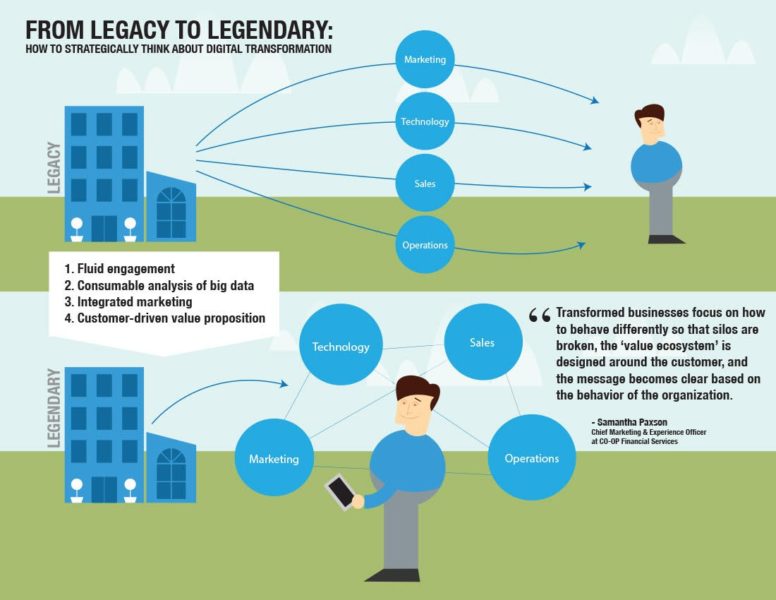Design Trends and Collaboration with your Designer
Introduction:
Graphic and web design play a pivotal role in shaping the visual identity of businesses and individuals alike. In this era of digital dominance, a skilled designer goes beyond creating aesthetically pleasing visuals – they craft a narrative, evoke emotions, and establish a brand’s unique voice. If you find yourself in the midst of a quest for a graphic and web designer in Los Angeles, this article is your guide to not only staying ahead of design trends but also ensuring a harmonious collaboration for maximum results.
The Dynamic Canvas of Design Trends:
Design trends are like the tides, ever-changing and influencing the visual landscape. To harness the power of design effectively, it’s crucial to be aware of the current trends. In the kaleidoscope of LA’s design scene, some key trends are making waves:
- Minimalism with a Twist:
- Clean lines and simplicity continue to dominate, but designers are now infusing personality with unexpected elements.
- Striking a balance between minimalism and unique, eye-catching details is the key.
- Bold Typography:
- Typography is more than just text; it’s a design element in itself.
- Play with font styles, sizes, and arrangements to create visual impact and convey brand personality.
- Vibrant Color Palettes:
- Say goodbye to muted tones – bold, vibrant colors are taking center stage.
- Choose colors that resonate with your brand and evoke the desired emotions from your audience.
- Immersive Experiences:
- Web design is evolving into an immersive experience with interactive elements.
- Incorporate animations, micro-interactions, and user-friendly interfaces for a memorable online journey.
Maximizing Collaboration for Optimal Results:
The working relationship between client and designer is sometimes a tricky dance. Personalities can clash, opinions can diverge and an otherwise creative endeavor can fall apart needlessly. On the other hand it can actually be a pleasant experience with a beautiful result in the end — if navigated skillfully. Let’s delve into how to collaborate effectively for optimum results:
- Clear Communication:
- Establish open and clear communication channels from the outset.
- Clearly articulate your brand identity, values, and the message you want to convey through design. Sometimes clients will approach a project with a “I’ll know it when I see it” attitude. This opens the doors to endless rounds of changes and will only frustrate all parties involved. Finding comparable design elements from other sources is one way to come to the table with some idea of taste and what you like. It will kick start the creative process and give both you and your designer an idea of what the goal line looks like.
- Define Your Goals:
- Clearly define your project goals and objectives.
- Discuss your target audience, desired emotions, and the specific outcomes you aim to achieve.
- Trust the Expertise:
- Your designer is not just a pixel pusher; they’re a creative expert.
- Trust their knowledge and experience, and be open to their suggestions and insights.
- On the reverse end of that — a note to designers — don’t take it personally. When a client rejects a design or gives notes, leave your ego at the door and listen to what they’re saying. You’d be surprised at how much more productive a notes meeting can be when your default position is that of openness, rather than “they don’t know what they’re talking about and they’re insulting my creative expertise.” Instead, just listen, and you’ll most likely hear a clue to what the client actually wants — so that you can deliver a better design in the end.
- Feedback Loop:
- Create a feedback loop that allows for constructive communication.
- Regular check-ins ensure that the project aligns with your vision and provides opportunities for adjustments.
- Consistent Branding:
- Consistency is key in branding.
- Ensure that your design aligns with your overall brand identity, creating a cohesive and memorable visual experience. If you don’t already have one, getting a brand bible together is extremely useful for working with any designer or anyone who handles your brand on social media or anywhere else, since it will provide a roadmap of consistency.
- Embrace Collaboration Tools:
- Leverage collaboration tools that facilitate seamless communication and file sharing.
- Platforms like Slack, Google drive, dropbox, etc can enhance the efficiency of your collaboration. And don’t forget the value of screen sharing. A zoom call with a screen share can sometimes get more done in an hour than two or three days of back-and-forth emails.
- Timely Feedback:
- Provide timely feedback to avoid project delays.
- Clear and prompt communication ensures that your designer can make adjustments in real-time and meet the deadlines set out in the beginning.
- As a designer it’s really important to set out realistic deadlines and meet them, especially when your payment schedule relies on delivery of assets, so don’t sit on a round of changes and then blame the client for being slow with notes.
- Scope Creep
- Having clearly defined deliverables and deadlines or timeline thresholds will allow for a smooth experience on both ends. When a client starts to shift the goal line and keeps pushing their luck with add-ons that aren’t being charged for, you end up with a scope of work that creeps and creeps until it becomes untenable. This is called “scope creep”. The simple antidote to this is to have a written agreement at the outset that clearly states what is being provided and for what fee. Anything beyond that will be charged at an hourly rate of ____.
- On the other hand, as a designer I always like to deliver more (within reason) than what was asked for. This generally makes the client happy and feel like they’re getting an abundance of excellent service. An upbeat disposition and a service-minded approach will win in the end and everyone will be happy as a result.
Conclusion:
In the dynamic and creative world, design serves as the brushstrokes that paint a client’s unique and vibrant canvas. By staying attuned to design trends and fostering a collaborative relationship with your chosen designer, you can not only keep your visual identity fresh and relevant but also create a lasting impact in the hearts and minds of your audience. Hopefully these tips above have been helpful as you embark on this journey with creative synergy.






